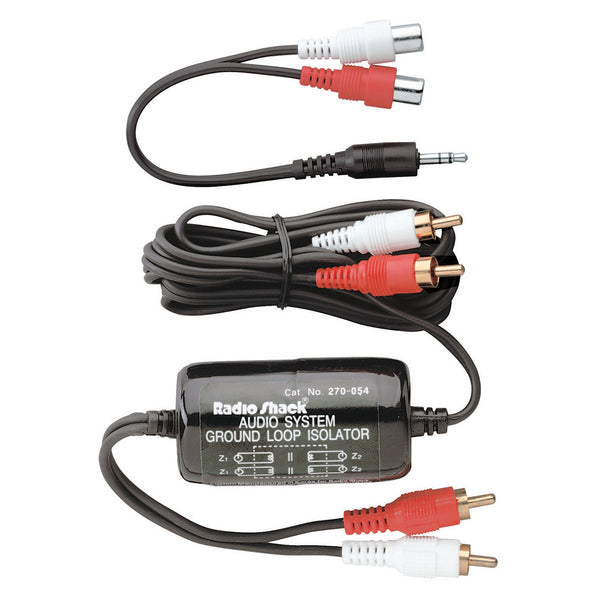Or, you can simply purchase an FM transmitter and be done with it. It's easy, quick and inexpensive. Don't go with a super cheap brand, but you can find a decent one around 20 bucks, tops.
Good luck and let us know how you make out! [emoji2]
S5 tap'n
There are definitely advantages to using an FM transmitter, however I have found that depending on where you are, adjacent channel interference is sometimes difficult to avoid. if you are in a metropolis such as Philadelphia (to use my own area as an example), there are LOTS of radio stations with HUGE transmitters, and virtually every channel available is already taken up by them. This means that your tiny transmitter in the car has to be able to get more of its signal to the radio than the ones coming from local broadcasters' antennas.
Some transmitters also limit you to a very narrow band of channel locations, usually near the low channel numbers, 88 mHz to 92 mHz, and with only a 200 kHz separation between channels it allows for a very few possible open channels. This section of the FM band also is commonly popular with the lower-powered high school and college radio stations as well as other smaller organization such as churches, religious organizations and not-for-profits. Still, these tend to be more concentrated in inner cities so getting a clear channel becomes even a more difficult task.
What I've found is that I may find one or two channels in that section that are quiet enough (lower signal level transmitters on adjacent channels) that the car transmitter is able to bust through against the "bleedover" from those nearby larger transmitters. Also, as you drive around you may be forced to change channels as you get nearer to higher powered transmitters on adjacent channels. There are transmitters that allow choosing a channel anywhere along the 88 mHz to 108 mHz bandwidth. This may give you another couple "quiet" channels to use, however in the middle and higher channels, you are now competing with the MAJOR broadcasters with many thousand watt transmitters.
To put it into perspective, in the Philadelphia market, there are a number of smaller school and other transmitters that broadcast with as little as 460 watt transmitters, and the largest of them still being only 13,500 watts. In contrast, the major broadcast stations are using transmitters with between 20,000 watts and 50,000 watts or more, and with antenna towers with heights of from 250' to as much as 1,276' above grade, placed on high hills in the Philadelphia area (Roxborough).
Also, in some cars the transmitters don't work as well as in others. A lot depends on where the car places the antenna for the radio. Today, the antennas are often hidden in external moldings or on the top of the car in a protrusion that is mounted to the roof. If the antenna is on the outside of the car and there is a metal panel (such as the roof), between the passenger compartment and the antenna, the tendency is for the signal to be rejected or severely attenuated unless the transmitter is placed in close proximity to either the radio or near the windshield. It also helps to stretch out the wire and drape it along the dashboard, or coil it up and push it under the dashboard near the rear of the radio.
If you choose to use a direct wire connection to the radio you will avoid all the issues mentioned above, you'll get a cleaner signal, free from RF disturbances or reduced audio quality of these smaller FM transmitters, but you may be forced to use a Ground Loop Isolation adapter as mentioned previously to accomplish that cleaner signal.



